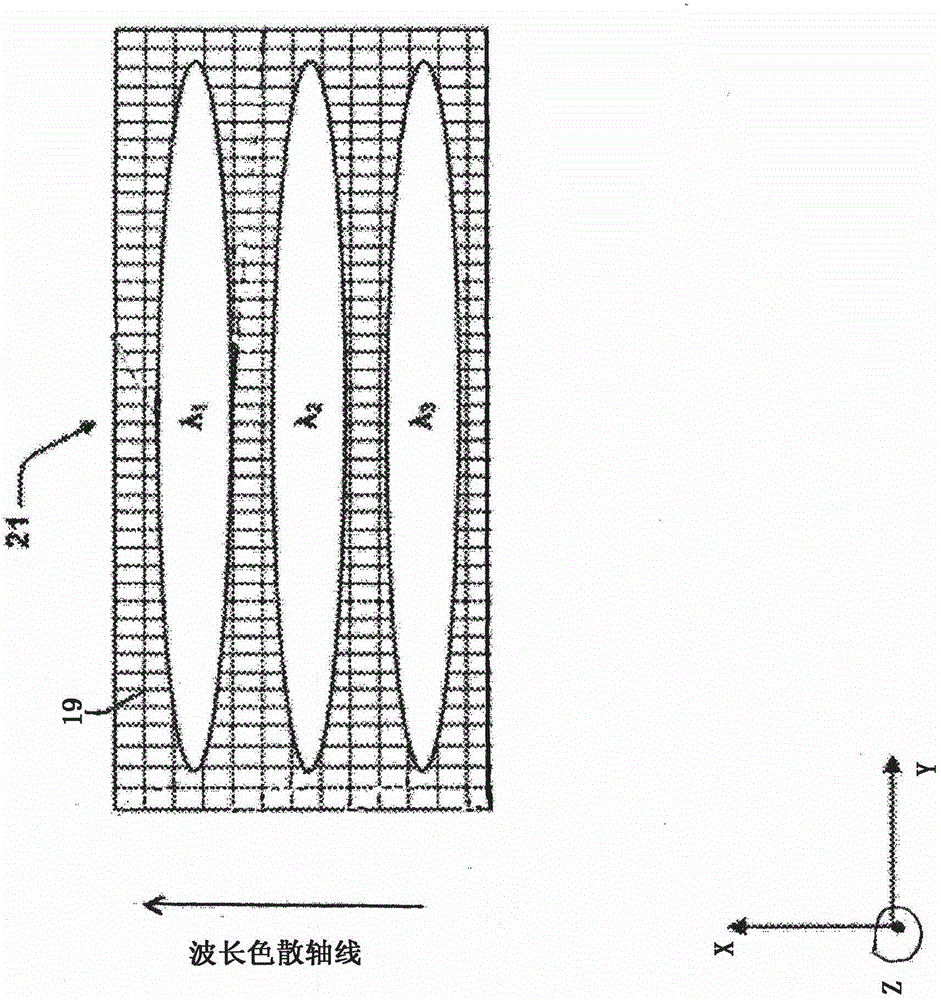Wavelength selective switch employing an LCoS device and having reduced crosstalk
A wavelength, optical device technology, applied in the field of wavelength selective switches using LCoS devices and having reduced crosstalk, can solve the problems of unwanted optical crosstalk, unwanted energy coupling, etc.
- Summary
- Abstract
- Description
- Claims
- Application Information
AI Technical Summary
Problems solved by technology
Method used
Image
Examples
Embodiment Construction
[0011] Figure 1A and Figure 1B Top and side views, respectively, of one example of a simplified optical device such as a free-space WSS 100 that may be used with embodiments of the present invention. Light is input and output to WSS 100 through optical waveguides such as optical fibers serving as input ports and output ports. Such as Figure 1B As best shown, fiber collimator array 101 may include a plurality of individual optical fibers 120 1 、120 2 and 120 3 , the multiple single fibers are respectively coupled to the collimator 102 1 、102 2 and 102 3 . Light from one or more optical fibers 120 is converted by collimator 102 into a free-space beam. The rays exiting the port array 101 are parallel to the z-axis. exist Figure 1B Although only three fiber / collimator pairs are shown for port array 101, more generally any suitable number of fiber / collimator pairs may be used.
[0012] A pair of telescopes or beam expanders amplifies the free-space beam from port arr...
PUM
 Login to View More
Login to View More Abstract
Description
Claims
Application Information
 Login to View More
Login to View More - R&D
- Intellectual Property
- Life Sciences
- Materials
- Tech Scout
- Unparalleled Data Quality
- Higher Quality Content
- 60% Fewer Hallucinations
Browse by: Latest US Patents, China's latest patents, Technical Efficacy Thesaurus, Application Domain, Technology Topic, Popular Technical Reports.
© 2025 PatSnap. All rights reserved.Legal|Privacy policy|Modern Slavery Act Transparency Statement|Sitemap|About US| Contact US: help@patsnap.com



